The Chord Wheel: The Ultimate Tool for All Musicians
£14.10
Master chord theory … in minutes! The Chord Wheel is a revolutionary device that puts the most essential and practical applications of chord theory into your hands. This tool will help you: Improvise and Solo – Talk about chops! Comprehend key structure like never before; Transpose Keys – Instantly transpose any progression into each and every key; Compose Your Own Music – Watch your songwriting blossom! No music reading is necessary.”This is the kind of device that players of any instrument can use to enhance their musical understanding. Chord and key relationships are inseparable, and learning these relationships is a must in becoming a successful musician.”- Alan Remington, Orange Coast College Music Dept.
Read more
Additional information
| Publisher | Hal Leonard Corporation, Illustrated edition (1 July 2002) |
|---|---|
| Language | English |
| Paperback | 12 pages |
| ISBN-10 | 0634021427 |
| ISBN-13 | 978-0634021428 |
| Dimensions | 22.86 x 0.16 x 30.48 cm |

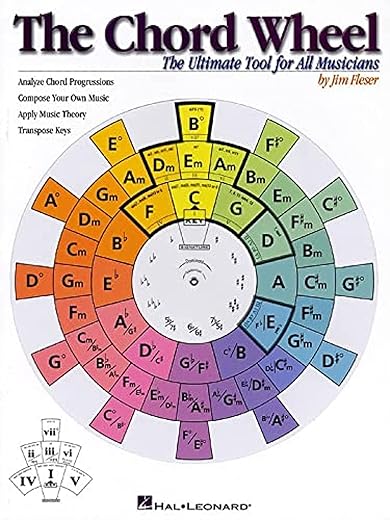

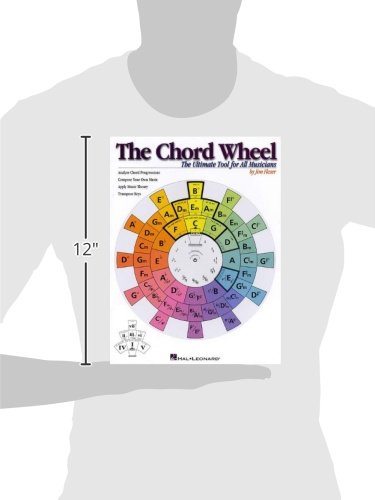


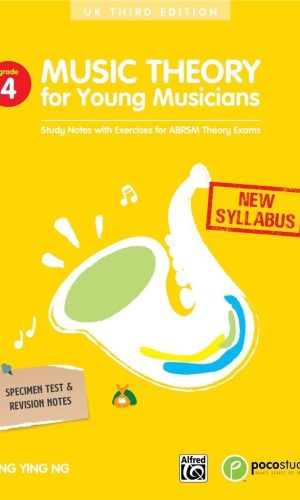
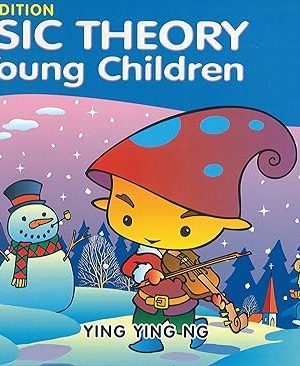
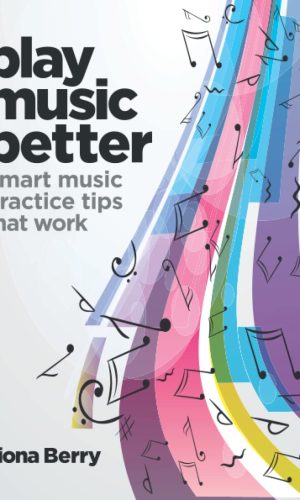
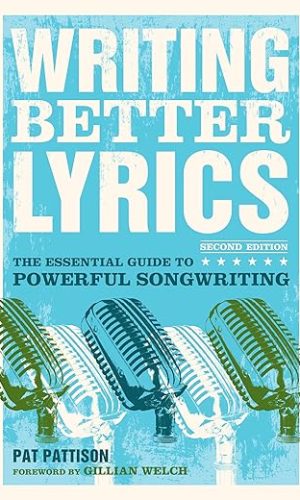


by sandrodc
I really liked the book. It is succinct, accessible and straight to the point. I am a former amateur musician taking music up again at a mature age. So being able to have a readily available reference for chord progressions was really handy, as I flexed my musical muscles again. Nothing advanced, yet very useful for the novice-to-intermediate level reader. And it’s a quality print and materials, which means it should last for some time.
It does have some incongruences and inaccuracies though, which prevent me from giving it 5 stars:
1) It only applies to Major chords. There are legions of people composing and playing predominantly in minor keys (myself included) and it would be easy to adapt the mask to work for both minor and major scenarios (I actually did it as a DIY project). So I don’t understand why this wasn’t done.
2) The wheel lists the viiº degree as Tonic and the vi as Dominant. This is very different from how I learned degrees but that has been a long while ago so I decided to check. Although there is a bit of controversy on these (musical functions are a bit of a subjective topic) most sources (including Riemann’s prestigious ‘Funktionstheorie’) point to the vii as Dominant and the vi as Tonic.
3) The Composition section lists the chord progression Am – C – F as fitting in the key of F, but this can’t be: that key contains a Gm chord not G. I suppose the author the was considering the V of V degree (which is G in F) but I’m not sure that’s valid, after all the chord is not diatonic to the key.
We live in a world of digital solutions, with plenty of apps doing the same thing for a fraction of the price on our phones and tablets. So I’m not sure if there is enough demand for a physical chord wheel to justify a revised edition. But if the author would address the issues above, I would happily buy this book again and give it a 5 star review 🙂
by Richard
Explains; keys, Nashville numbers, and transposing just for starters. The front-cover has the handy Chord-wheel gadget.
by dsgb
I’ve had this book for over four years at the time of writing this review and have been playing guitar since 1991 (30 years). Although most musicians rely on their ears first and foremost, in my opinion, “The Chord Wheel” still offers the easiest way to visualise chord groupings. My son is learning to play the saxophone and is becoming interested in popular music and the chord wheel front cover was the first utility I turned to in order to explain the structure and writing style of well known song writers. I applied it to the songs that Brian May and Freddie Mercury wrote for Queen and considered the different instruments they primarily use to compose music and their different musical backgrounds. This helped me contextualise why there are lot of flat minor chords in Freddie’s music, for example, and the structure of simplicity of certain popular guitar power chords and rock progressions.
by Johnt
This book is very handy guide to refer to!
It’s not necessarily the easiest for beginners based on the content and layout but it is very helpful to brush up on music theory
The main appeal of this book is the moveable plastic wheel at the front of the book which gives an handy reminder of the circle of fifths and the chords in a key
The only 2 downsides is that it’s a bit expensive for the amount of content provided (only 12 pages long) and the plastic wheel at the front feels quite delicate and could easily fall off if one isn’t careful
Overall a great book and a useful tool for any musician
by DECIMATOR-3
A great circle of 5ths. I’ve not ventured to far into the book as I’m a beginner but I’m sure it will come in handy when I know a bit more.
by dsgb
I’ve bought a few quality music theory books over the last few years, inc.
~
Music theory for computer musicians
Learn to play keyboards – Steve Ashworth
The Keyboard Scale Manual – Leonard Vogler
Keyboard guide / Chords, Scales and Modes – Voggenreiter
~
All of the above have given me a good understanding of music theory, but none have really given me the tools to put the acquired information into practice, that is until now.
The Chord Wheel booklet may only contain 12 pages but it clearly and concisely puts all the relevant information right infront of the reader, and clearly explains the function of the chord wheel.
I am not the sharpest tool in the kit, and to me, written music will always look like tadpoles sitting on a fence, but I now feel confident enough to not only start improvising my own musical ideas, but actually now know what it is that stitches music together.
I must say that if the Chord Wheel was the first theory book I had bought, I probably would have felt a little bit lost, but with some pre-knowledge of basic chord structures, scales, and how these two forms are divided into degrees, using the Chord Wheel will give anyone the means to start creating impressive sounding musical textures.
When you understand how powerful this simple tool is, you will appreiciate that it is money well spent.
by Zam zam
Having played guitar for longer than I care to remember I finally decided I needed to know a bit more about tonal chord scales and composing. This handy book covered everything I had questions on and sits on my desk as a very handy reference tool. I bought two of these all in as my band-mate saw it and promptly borrowed it!
The wheel itself turns to allow you to check the chords and variations of chords useable within any key. It also suggests which minor chords can be substituted to major chords, ii and iii, which was a neat tip. Heartily recommend this for any budding music theorist or player. As I am self taught there were huge gaps in my knowledge that this book helped fill and in a roundabout way it has improved my playing as it opened new avenues of practice and application.